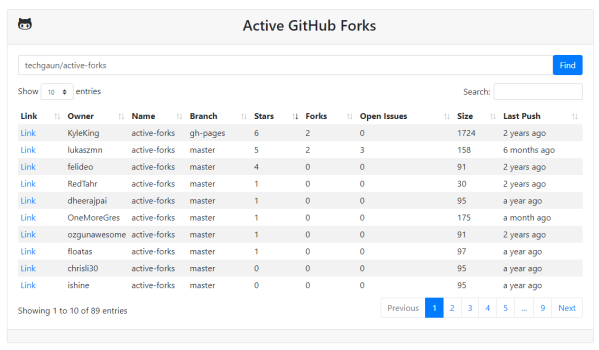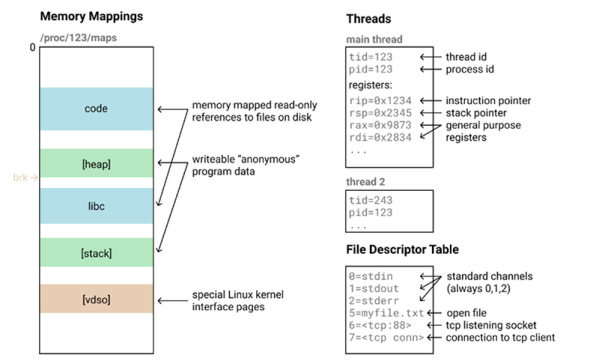An fortunate reality of GitHub and similar sites is that projects that are abandoned by the maintainer are often continued by someone else who forked the project. Unfortunately, the ease of forking also means that GitHub projects tend to have a lot of forks, with the popular projects having hundreds of them. Since GitHub has elected to not provide a way to filter or sort these forks, finding the most active fork can be rather harrowing.
In addition, a popular project’s dead repository tends to score higher in search results than replacement forks. For these particular situations a couple of very useful websites and browser add-ons have been developed. The Lovely Forks add-on by [ seeks to insert information on forks that are notable or newer than the repository one is looking at.
Meanwhile, the Active Forks project by [Samar Dhwoj Acharya] provides a sortable list of project forks when provided with a GitHub repository name. This helps enormously when trying to find the freshest forks in a whole list. This is similar to the Useful Forks project that provides a web-based interface in addition to a Chrome extension. Do note that these queries will count towards the GitHub API rate-limits, so you may need to add an access token.
It’s a shame that GitHub doesn’t offer such functionality by default, but thanks to these projects the times of clicking through a hundred forks to find the freshest one is at least over. For now.

















